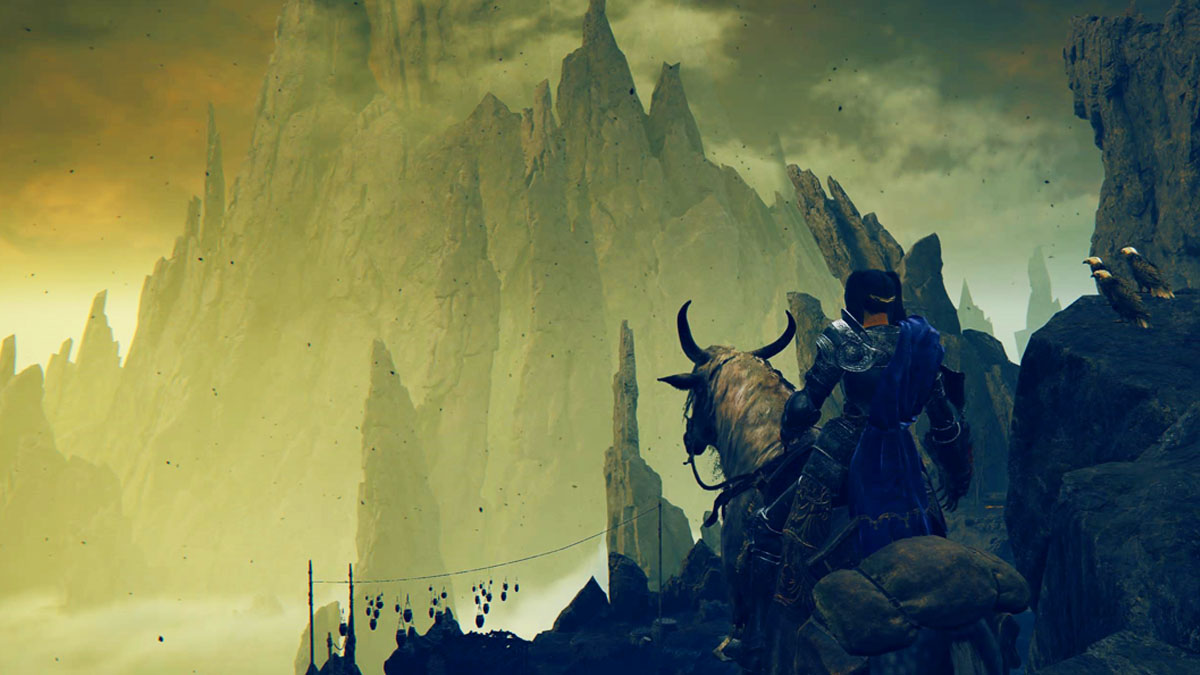Phalar Aluve is one of the many longswords available in Baldur’s Gate 3. Unlike other rare swords, however, it requires special steps to be released from its stone. It’s essentially the Sword in the Stone… just one under some mushrooms.
Where to find Phalar Aluve in BG3, explained
Phalar Aluve is essentially the Sword in the Stone for BG3. It can be found northwest of the Selunite Outpost Waypoint, next to a glowing mushroom in the Underdark. If you’d prefer coordinates, you can find it roughly at X: 117 and Y: -192.

There are a few methods you can use to remove the sword from the stone, including:
- Strength check: You must successfully roll 15 or higher (DC15)
- Religion check: You must successfully roll 15 or higher (DC15)
When pulling out the sword, I’d recommend using Karlach for the Strength check, and Shadowheart (Cleric) or Gale (Wizard) for Religion. This is because Religion is an Intelligence skill. So you’ll have a better chance of pulling the sword from the stone if your companion, or even yourself, has high Strength or intelligence stats.
Phalar Aluve stats and how to use
Phalar Aluve is a unique longsword in that it can Sing (this boosts your ally’s attack rolls and saving throws) or Shriek (penalizes the enemy’s Saving Throws, and you’ll deal extra Thunder damage if you hit them with this weapon).
In addition, you’ll deal five to 15 Damage and get slashing Damage. If you’re proficient in using Longswords (Bards, Rogues, Githyanki, or Elf), you will also gain the attacks Pommel, Lacerate, and Rush Attack.
The Phalar Aluve offers several bonuses related to being a support class with the Sing and Shriek abilities. Because they’re proficient in using Longswords, the Bard is the best class to equip this weapon because it also increases your Performance by one, which is a Charisma skill. Although the Bard class is a little underrated, I really enjoyed playing it, and this weapon was one of the reasons for the buffs and debuffs.
So, if you want an excellent longsword for your Bard or even your Rogue in BG3, the Phalar Aluve is easy to get—once you know how to pull it from the stone.
Others Asked
What class in Elden Ring is recommended for players who enjoy using magic?
The Astrologer class is recommended for players who enjoy using magic.
What unique feature does Baldur's Gate 3 offer to its players?
Baldur's Gate 3 allows players to do practically anything and everything they want, including killing important characters in the game’s story.
What abilities make Paladins in Baldur's Gate 3 powerful?
Paladins in Baldur's Gate 3 are powerful due to their Smite abilities, the unique Lay on Hands spell, and Divine Sense. They also have several unique subclasses corresponding with Oaths they swear to.
















Published: Apr 14, 2024 07:26 pm